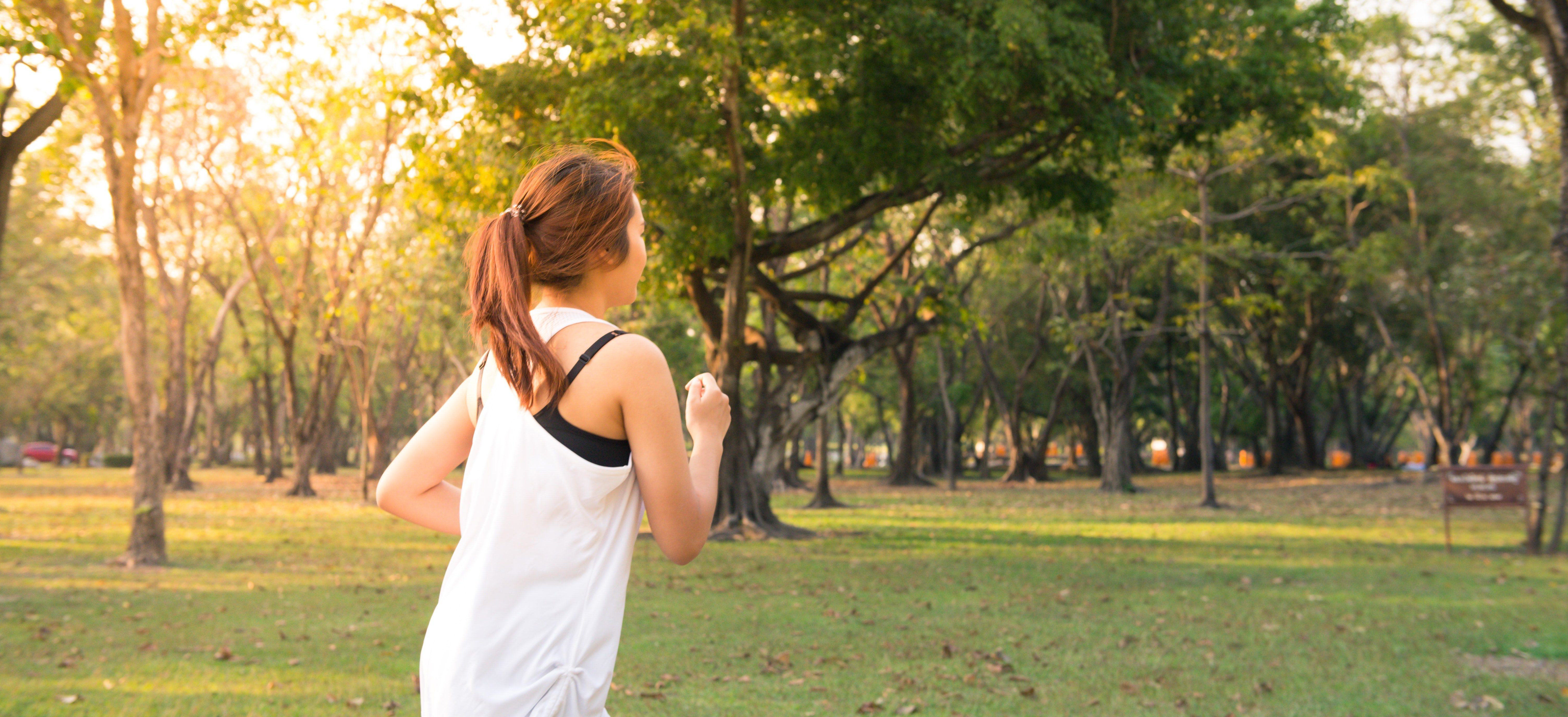Our lungs are always hard at work. In just one day, a healthy person breathes nearly 25,000 times. For those with lung ailments, each and every breath can be a challenge, particularly when the air they breathe is unhealthy.
Many areas in the United States produce enough ozone during the summer months that it can be felt right away. Immediate problems – in addition to increased risk of premature death – include shortness of breath, wheezing and coughing; asthma attacks; increased risk of respiratory infections; increased susceptibility to pulmonary inflammation; and increased need for people with lung diseases, like asthma or chronic obstructive pulmonary disease (COPD), to receive medical treatment or go to the hospital. Anyone who spends time outdoors when ozone levels are high may be at risk, but some are especially vulnerable to the effects of breathing ozone: children and teens; anyone 65 and older; people who work or exercise outdoors; people with existing lung diseases; and people with cardiovascular disease.

There are a number of things individuals can do to help keep their lungs in shape. Aerobic exercise helps improve lung capacity. Specific breathing exercises can also help improve your lung function if you have certain lung diseases, like COPD. But, perhaps one of the best things people can do is make sure they are breathing in clean air and avoiding exposure to pollutants that can damage the lungs. That’s where the Clean Air Partnership comes in.
The Clean Air Partnership releases daily air quality forecasts to let residents know what the air quality will be during the summer months. Signing up to receive the air quality forecast via email at www.stlouis-cleanair.com helps to ensure that area residents know what the next day’s air quality will be and if they should alter their outdoor activities to minimize exposure to polluted air.
The Partnership also helps raise awareness about all the ways people in the St. Louis region can reduce emissions to help keep the air quality in healthy ranges. Given that auto emissions are a key contributor to poor air quality, area residents are encouraged to:
- Carpool with friends or coworkers or utilize public transit.
- Bike or walk instead of driving when air quality conditions are favorable.
- Avoid vehicle idling – idling vehicles emit 20 times more pollution than a car traveling 30 mph!
- Visit www.gatewayguide.com or use MoDOT’s 511 travel information number to get real-time traffic information and use it to better plan your route to avoid traffic tie-ups construction zones.
- Combine errands into a single trip to minimize car use.
